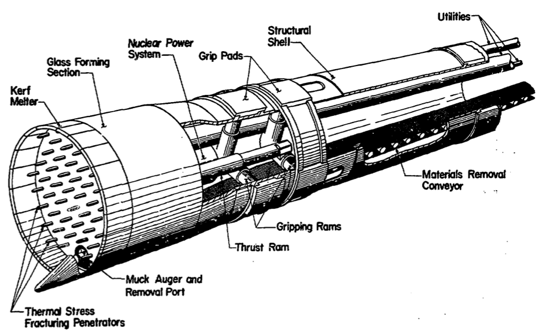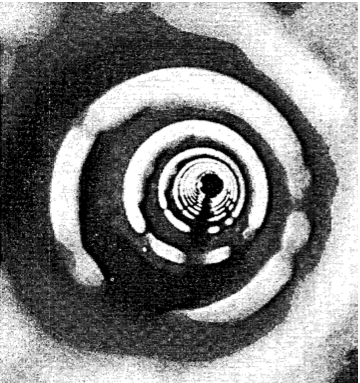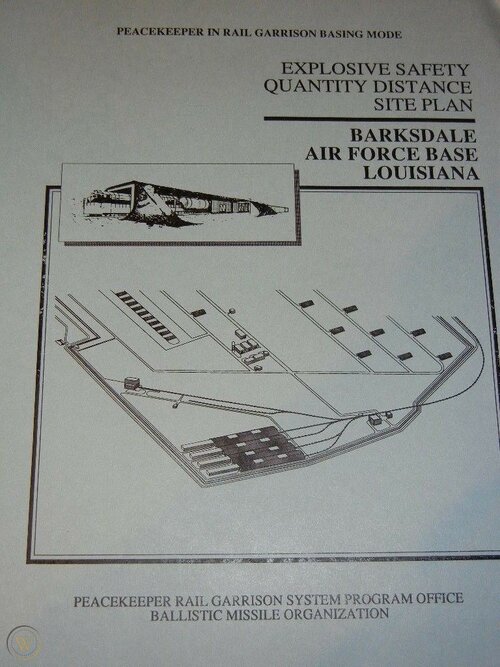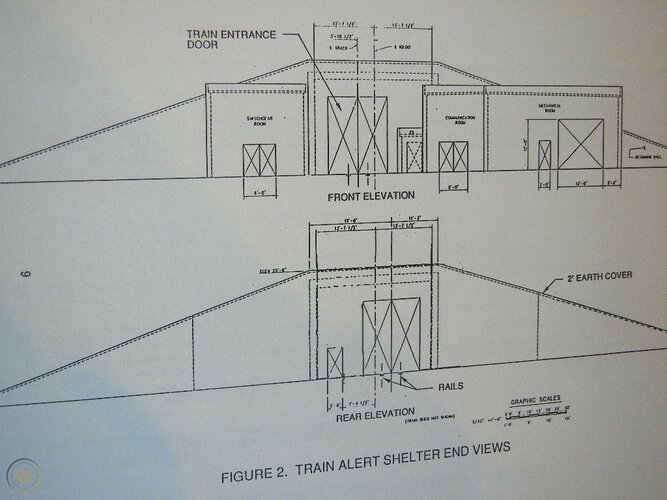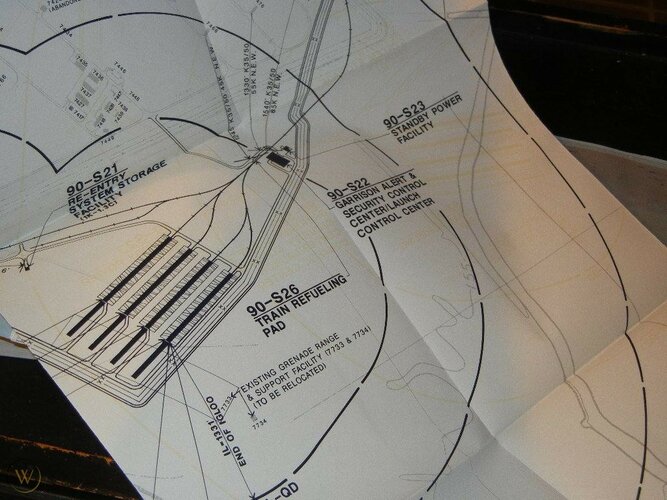chimeric oncogene
ACCESS: Secret
- Joined
- 23 May 2019
- Messages
- 347
- Reaction score
- 429
Also, because the USN rules the waves. SSBNs don't work as well if you're the Soviets or Chinese.reason
If the French and British had to worry about the USN, SSBNs would be seen as a far riskier option.

